

Articles
How Much Weight Can A Ladder Hold
Modified: April 22, 2024
Discover how much weight a ladder can hold and learn important safety tips with our informative articles on ladder weight limits and guidelines.
(Many of the links in this article redirect to a specific reviewed product. Your purchase of these products through affiliate links helps to generate commission for Storables.com, at no extra cost. Learn more)
Introduction
Welcome to our comprehensive guide on ladder weight capacities. If you have ever wondered how much weight a ladder can hold, you’re not alone. Whether you are a homeowner, a DIY enthusiast, or a professional in the construction industry, understanding a ladder’s weight capacity is crucial for safety and efficient work. In this article, we will delve into the factors that affect a ladder’s weight capacity, the different types of ladders, and the maximum weight capacities associated with each ladder category.
When it comes to working at heights, ensuring the safety of individuals is paramount. Ladders provide a means to access elevated areas, but it is essential to know their limits and use them appropriately. Overloading a ladder can lead to structural failure, causing serious accidents and injuries.
It is important to note that the weight capacity of a ladder is determined by a variety of factors. These include the material of the ladder, its classification, duty rating, design, and construction. By understanding these variables, you can better assess which ladder is suitable for your specific needs.
In the following sections, we will explore these factors in more detail and provide guidance on how to select the right ladder based on its weight capacity. We will also discuss important safety considerations to keep in mind while working with ladders.
Whether you are using a ladder for basic household tasks, such as changing a light bulb or cleaning gutters, or for more intensive projects like construction and maintenance work, this article will equip you with the knowledge you need to make informed decisions and ensure your safety while working at heights.
Key Takeaways:
- Understanding the weight capacity of ladders is crucial for safety and efficiency. Factors such as material, classification, duty rating, design, and construction all play a role in determining a ladder’s weight capacity.
- Prioritizing safety considerations, such as proper placement, secure positioning, adherence to weight capacities, and regular ladder inspection, is essential for minimizing risks and ensuring safe ladder usage.
Read more: How Much Weight Can Attic Hold
Factors Affecting Weight Capacity
Several factors influence the weight capacity of a ladder and understanding these factors is crucial for selecting the right ladder for your specific needs. Let’s take a closer look at the key factors that affect a ladder’s weight capacity.
- Material of the Ladder: Ladders are typically made from a variety of materials, including aluminum, fiberglass, and wood. Each material has its weight-bearing capacity. For example, fiberglass ladders are known for their strength and durability, making them suitable for heavy-duty tasks and higher weight capacities compared to wooden ladders.
- Ladder Classification: Ladders can be classified into different types, such as step ladders, extension ladders, and multi-purpose ladders. Each type has its specific weight capacity guidelines. It is important to know the intended use and limitations of each ladder category to ensure proper weight distribution and safety.
- Ladder Duty Rating: Ladder duty rating indicates the maximum weight capacity a ladder can safely hold. Duty ratings range from Type III, which can support a maximum weight of 200 pounds, to Type IAA, which can hold up to 375 pounds. Selecting a ladder with an appropriate duty rating is vital to ensure stability and prevent accidents.
- Ladder Design and Construction: The design and construction of a ladder play a significant role in its weight capacity. Factors such as the thickness and quality of the ladder’s rungs, the overall stability and reinforcement of the ladder, and the presence of anti-slip features all contribute to its weight-bearing capabilities.
It is important to note that overloading a ladder can lead to structural failure and accidents. Exceeding a ladder’s weight capacity can result in the rungs bending, the ladder wobbling, or even collapsing. To prevent such hazards, it is crucial to understand the weight specifications and limitations of the ladder you are using.
Next, we will explore the weight capacities assigned to different ladder categories based on their intended use and design. This knowledge will help you make an informed choice when selecting a ladder for your specific project or task.
Material of the Ladder
The material of the ladder plays a significant role in determining its weight capacity. Ladders are typically made from three main materials: aluminum, fiberglass, and wood. Each material has its own unique characteristics and weight-bearing capabilities.
- Aluminum Ladders: Aluminum ladders are popular due to their lightweight nature, durability, and resistance to corrosion. They are commonly used in various applications, including residential, commercial, and industrial settings. Aluminum ladders tend to have a higher weight capacity compared to wooden ladders, making them suitable for a wide range of tasks. However, it is important to consider the ladder’s duty rating to ensure it can safely support the desired load.
- Fiberglass Ladders: Fiberglass ladders are known for their exceptional strength and durability. They are resistant to electricity, making them ideal for working near electrical sources. Fiberglass ladders are often used in industries such as construction, maintenance, and electrical work. These ladders typically have a higher weight capacity compared to both aluminum and wooden ladders. They are designed to withstand heavy loads and provide excellent stability.
- Wooden Ladders: Wooden ladders have been used for centuries and are still prevalent in certain applications. They are popular for their aesthetic appeal and versatility. However, wooden ladders generally have a lower weight capacity compared to aluminum and fiberglass ladders. They are commonly used for light household tasks or decorative purposes where heavy loads are not involved. It is important to carefully assess the weight capacity of wooden ladders and ensure they are used within their limits.
When selecting a ladder, consider the weight of the individual using it, as well as the tools and materials that will be carried. It is essential to choose a ladder made from a material that can safely support the total weight. It is also worth noting that different ladder designs and configurations, such as step ladders, extension ladders, or multi-purpose ladders, may have varying weight capacities within the same material category.
Understanding the weight capacity associated with different ladder materials is vital for ensuring the safety of individuals working at heights. It is recommended to refer to the ladder’s manufacturer specifications and guidelines for accurate weight capacity information.
Next, we will explore the different types of ladders and their weight capacities based on their classification.
Ladder Classification
Ladders come in various types and classifications, each designed for specific purposes and weight capacities. Understanding ladder classification is crucial for selecting the right ladder for your intended use. Let’s explore the different ladder classifications:
- Step Ladders: Step ladders are one of the most commonly used ladders in residential and commercial settings. They consist of two sets of steps that are hinged at the top to form an “A” shape. Step ladders are self-supporting and do not require leaning against a wall or support structure. They have a maximum height and weight capacity, which varies based on the ladder’s size and design.
- Extension Ladders: Extension ladders are designed to reach greater heights by extending in sections. They typically consist of two or more sections that can be slid or telescoped to adjust the ladder’s length. The weight capacity of extension ladders varies based on their length and material. Longer extension ladders tend to have lower weight capacities compared to shorter ones.
- Multi-Purpose Ladders: Multi-purpose ladders are versatile and can be adjusted into different positions to serve various purposes. They can be used as step ladders, extension ladders, trestle ladders, or scaffold bases. Multi-purpose ladders have weight capacity limitations that differ based on their configuration and intended use.
- Platform Ladders: Platform ladders are similar to step ladders, but they have a flat working platform at the top, providing a stable surface to stand on. They offer additional stability and are commonly used for tasks that require the user to work at heights for an extended period.
Keep in mind that each ladder type and classification has specific weight capacity guidelines provided by the ladder manufacturer. It is essential to adhere to these weight limitations to ensure the ladder’s structural integrity and the safety of the user. Exceeding the weight capacity can lead to ladder failure, accidents, and injuries.
When selecting a ladder, consider the type of work to be performed, the height required, and the weight of the user and any additional tools or materials. It is always recommended to choose a ladder with a weight capacity that exceeds your anticipated load to provide an extra margin of safety.
Next, we will explore the ladder duty rating system and how it relates to weight capacity.
Ladder Duty Rating
The duty rating system is used to categorize ladders based on their weight capacity and the type of work they are designed to handle. Each ladder is assigned a specific duty rating by the manufacturer, indicating its maximum weight capacity and the intended usage. Understanding ladder duty ratings is essential for selecting a ladder that can safely support the load for your specific task. Let’s explore the ladder duty ratings:
- Type III (200 lbs): Type III ladders have a weight capacity of 200 pounds. They are commonly used for light-duty household tasks or occasional use in non-industrial settings. These ladders are not designed to support heavy loads or prolonged use.
- Type II (225 lbs): Type II ladders have a weight capacity of 225 pounds. They are suitable for medium-duty tasks in residential, commercial, and light industrial settings. Type II ladders can support more weight and provide increased stability compared to Type III ladders.
- Type I (250 lbs): Type I ladders have a weight capacity of 250 pounds. They are commonly used in professional settings and are suitable for heavy-duty tasks and frequent use. Type I ladders offer a higher weight capacity and increased stability compared to Type II ladders.
- Type IA (300 lbs): Type IA ladders have a weight capacity of 300 pounds. These ladders are designed for extra-heavy-duty professional use and can withstand heavier loads and more rigorous work conditions than Type I ladders. Type IA ladders provide the highest weight capacity within the standard duty ratings.
- Type IAA (375 lbs): Type IAA ladders have a weight capacity of 375 pounds, making them suitable for the most demanding professional applications. They are built to withstand extremely heavy loads and provide exceptional stability.
It is important to select a ladder with a duty rating that matches or exceeds the anticipated load. Using a ladder with a lower duty rating than required can compromise its structural integrity, leading to accidents and injuries. Always refer to the ladder’s manufacturer specifications to determine the appropriate duty rating for your specific task.
Additionally, keep in mind that ladder duty ratings are based on the combined weight of the user, tools, and materials being carried. It is crucial to calculate the total weight accurately to ensure the ladder can safely support the load.
Now that we have explored ladder duty ratings, let’s move on to discussing ladder design and construction and how they impact weight capacity.
When determining how much weight a ladder can hold, always check the manufacturer’s weight capacity rating. Exceeding this limit can lead to dangerous accidents.
Read more: How Much Weight Can A Recliner Hold
Ladder Design and Construction
The design and construction of a ladder play a crucial role in its weight capacity and overall performance. Understanding the key elements of ladder design and construction will help you make informed decisions when selecting a ladder that can safely support your intended load. Let’s explore these factors:
- Rungs and Steps: The rungs or steps of a ladder are where the user places their feet while climbing. The quality and thickness of the rungs directly impact the ladder’s weight capacity. Rungs that are made from sturdy and durable materials, such as aluminum or fiberglass, are more likely to support heavier loads compared to thinner or less sturdy rungs.
- Side Rails: The side rails of a ladder provide the main structure and support. They should be strong and securely connected to the ladder’s rungs or steps. Thicker side rails generally indicate a sturdier ladder with a higher weight capacity. Look for ladders with reinforced or double-riveted side rails for added strength and stability.
- Hinges and Joints: For extension ladders, the hinges and joints are critical components. They allow the ladder to extend and lock in place securely. Ensure that the hinges and joints are well-built and in good condition to maintain the ladder’s weight capacity and stability. Loose or damaged hinges and joints can compromise the ladder’s structural integrity.
- Anti-Slip Features: Ladders should have anti-slip features incorporated into their design to prevent accidents caused by slipping. Look for ladders that have non-slip rungs, steps, or feet to provide better traction and stability. Remember that a ladder’s weight capacity can decrease if the anti-slip features are worn out or not functioning properly.
- Overall Stability: A ladder’s stability is essential for safely supporting the intended load. Consider factors such as the ladder’s width, base spread, and overall balance. Wider ladders with a larger base spread tend to have a higher weight capacity and offer better stability. Look for ladders with features like stabilizing bars or adjustable leg levelers to enhance stability on uneven surfaces.
When evaluating ladder design and construction, it is advisable to choose ladders from reputable manufacturers known for their quality and adherence to safety standards. Look for certifications and labels, such as ANSI (American National Standards Institute) or OSHA (Occupational Safety and Health Administration), which indicate that the ladder meets recognized safety standards.
It is important to inspect your ladder regularly for any signs of wear and tear, such as rust, loose fasteners, or damaged components. Proper maintenance and care will help ensure the ladder maintains its weight capacity and remains safe for use.
In the next section, we will discuss important safety considerations associated with working with ladders.
Safety Considerations
Working with ladders involves potential risks, and prioritizing safety is crucial to prevent accidents and injuries. Here are some important safety considerations to keep in mind when using a ladder:
- Proper Placement: Ensure that the ladder is placed on a stable, level surface. Avoid using ladders on slippery or uneven surfaces. If necessary, use ladder levelers or stabilizing accessories to maintain stability.
- Secure Positioning: Make sure the ladder is securely positioned and locked in place before ascending. Lock extension ladders properly to prevent unexpected sliding or collapsing.
- Weight Capacity: Always adhere to the ladder’s weight capacity guidelines. Do not exceed the maximum weight limit specified by the ladder manufacturer.
- One Person at a Time: Only one person should be on the ladder at a time. Do not engage in any activities that may cause sudden movements or imbalance.
- Use the Three-Point Rule: Maintain three points of contact with the ladder at all times, such as two hands and one foot or two feet and one hand. This offers better stability and reduces the risk of falling.
- Avoid Overreaching: Do not overreach while on the ladder. Keep your body centered between the side rails and avoid leaning or stretching too far to reach objects.
- Use Proper Footwear: Wear sturdy and non-slip footwear when climbing ladders to maintain a secure grip on the ladder rungs or steps.
- Inspect the Ladder: Regularly inspect your ladder for any signs of damage or wear. Check for loose joints, missing rungs, or defective anti-slip features. Do not use a ladder that is damaged or in poor condition.
- Follow Manufacturer Guidelines: Always follow the manufacturer’s instructions and guidelines for safe ladder use. Familiarize yourself with any specific safety recommendations or precautions provided.
- Training and Proper Technique: Ensure that you are trained in ladder safety and proper climbing techniques. Seek guidance from experienced individuals if you are unsure about using a ladder correctly.
Remember, safety should always be the top priority when working with ladders. Taking the necessary precautions and following best practices can significantly reduce the risk of accidents or injuries.
In the next section, we will discuss the maximum weight capacities associated with different types of ladders based on their classification.
Maximum Weight Capacities for Different Ladders
The maximum weight capacity of a ladder depends on its type, size, and classification. It is crucial to understand these weight capacities to ensure the safety of individuals and prevent ladder failure. Here are the maximum weight capacities for different types of ladders:
- Step Ladders: Step ladders are available in various sizes, and their weight capacity depends on their dimensions and materials. Generally, step ladders have weight capacities ranging from 200 pounds for smaller household step ladders to 375 pounds for heavy-duty industrial step ladders.
- Extension Ladders: The weight capacity of extension ladders varies based on their length and material. Smaller extension ladders may have weight capacities of around 200 to 250 pounds, while larger extension ladders can support weights up to 375 pounds. It is important to refer to the ladder manufacturer’s specifications for accurate weight capacity information.
- Multi-Purpose Ladders: The weight capacity of a multi-purpose ladder depends on its configuration and intended use. These ladders can support weights ranging from around 225 to 375 pounds, depending on their design and materials.
- Platform Ladders: Platform ladders typically have weight capacities similar to step ladders, ranging from 200 to 375 pounds. The weight capacity may vary based on the ladder’s size and materials.
These weight capacities are general guidelines and may vary among different ladder manufacturers. It is important to consult the ladder’s documentation or contact the manufacturer directly for the most accurate weight capacity information.
Remember, exceeding the weight capacity of a ladder can lead to structural failure, instability, and serious accidents. It is crucial to assess your weight, along with any tools or materials being carried, to ensure it falls within the ladder’s specified weight capacity.
Furthermore, it is important to consider factors such as the ladder’s condition, any modifications made to it, and environmental conditions, as these may impact its weight capacity. Regular inspection and maintenance of the ladder are essential to ensure its optimal performance and safety.
Next, we will conclude our article with a summary of the key points discussed and the importance of prioritizing safety when working with ladders.
Conclusion
Understanding the weight capacity of a ladder is crucial for ensuring safety and preventing accidents or injuries. Throughout this comprehensive guide, we have explored the various factors that affect a ladder’s weight capacity, such as the material of the ladder, ladder classification, ladder duty rating, ladder design and construction, and safety considerations.
We have learned that the material of the ladder, be it aluminum, fiberglass, or wood, directly impacts its weight-bearing capabilities. Each material comes with its own unique strengths and limitations, so it is important to choose a ladder that aligns with your specific needs and intended use.
Furthermore, we have discussed ladder classification, including step ladders, extension ladders, multi-purpose ladders, and platform ladders, each with their own maximum weight capacities and intended applications. Understanding ladder classification is essential for selecting the right ladder for your task while ensuring adequate weight support.
In addition, ladder duty rating is a vital consideration, as it indicates the weight capacity of a ladder and the type of work it is designed to handle. By selecting a ladder with an appropriate duty rating, you can ensure stability and prevent accidents during your work.
The design and construction of a ladder also play a significant role in its weight capacity. Factors such as rung thickness, side rail strength, hinge quality, anti-slip features, and overall stability contribute to the ladder’s ability to support weight safely.
Safety considerations are of utmost importance when working with ladders. Proper placement, secure positioning, adherence to weight capacities, one person at a time rule, maintaining three-point contact, avoiding overreaching, using proper footwear, regular ladder inspection, and following manufacturer guidelines are all essential for minimizing risks and ensuring safe ladder usage.
By understanding the maximum weight capacities associated with different types of ladders and considering safety factors, you can confidently select the right ladder for your tasks and work at heights with peace of mind.
Always remember that safety should be the top priority when working with ladders. Prioritize your well-being and the well-being of others by following safety guidelines, conducting regular inspections, and using ladders in accordance with their intended purpose and weight capacity.
We hope that this guide has provided you with valuable insights and knowledge about ladder weight capacities. Stay safe, work efficiently, and enjoy the benefits of using ladders for your various projects and tasks!
Frequently Asked Questions about How Much Weight Can A Ladder Hold
Was this page helpful?
At Storables.com, we guarantee accurate and reliable information. Our content, validated by Expert Board Contributors, is crafted following stringent Editorial Policies. We're committed to providing you with well-researched, expert-backed insights for all your informational needs.


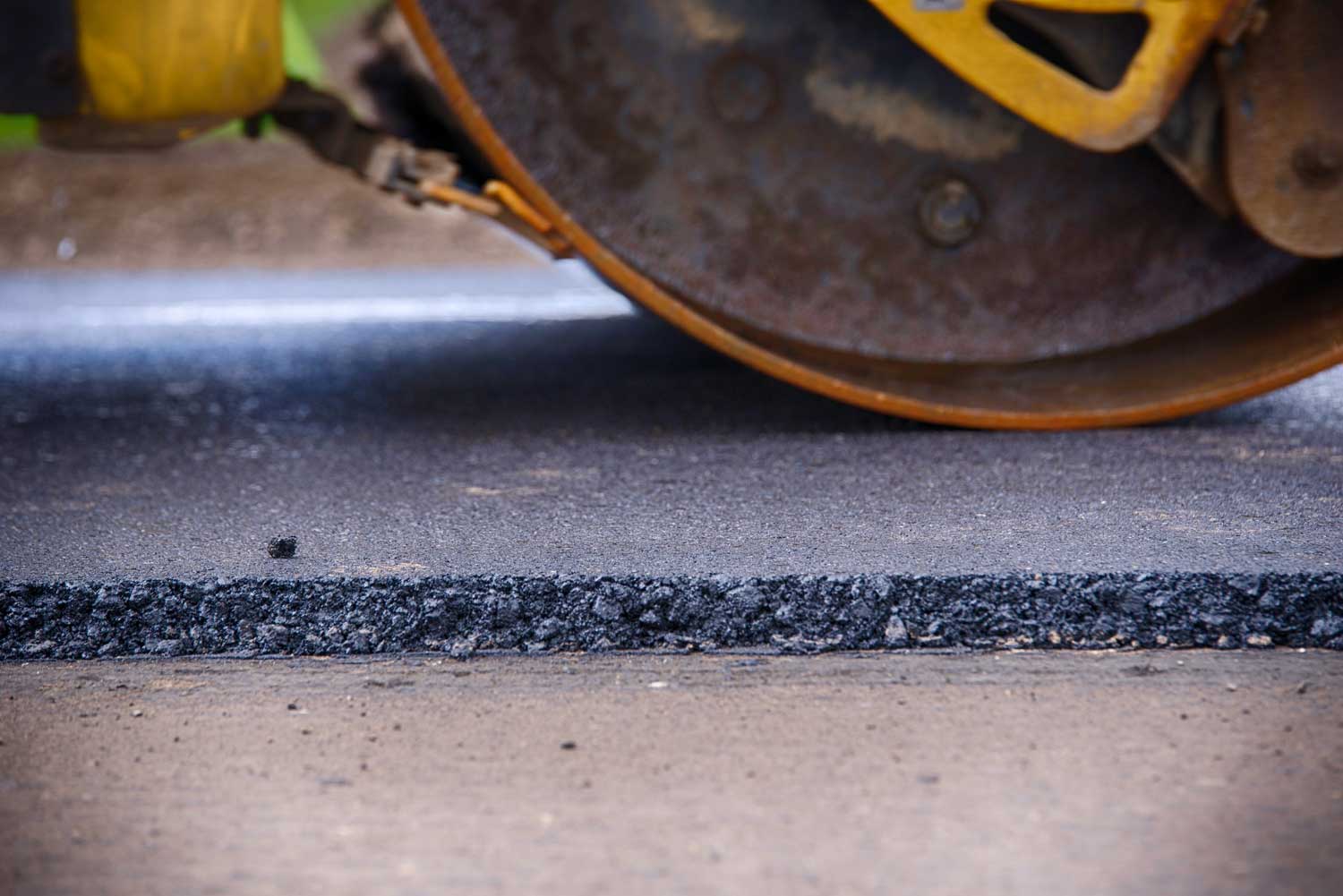
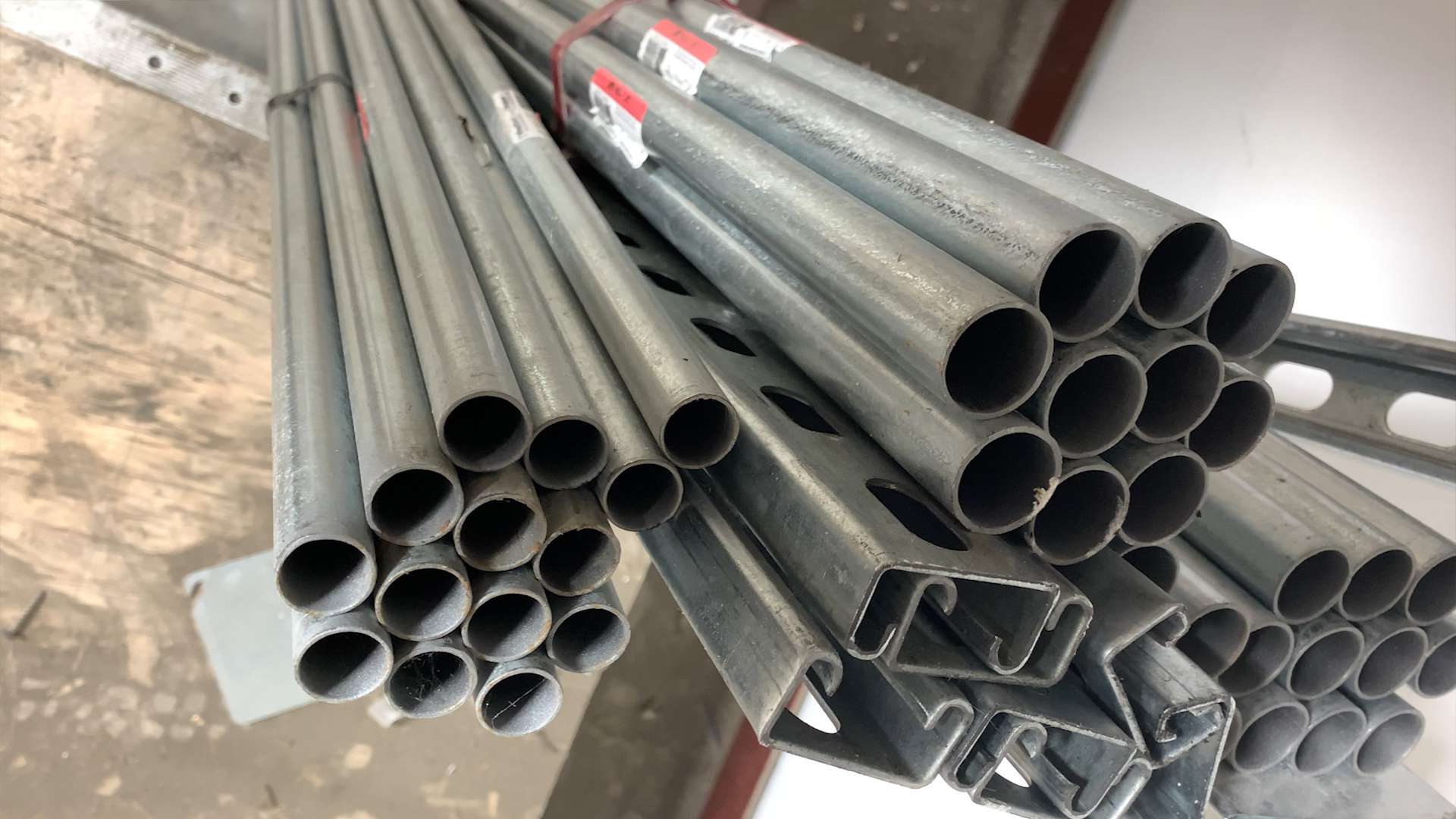

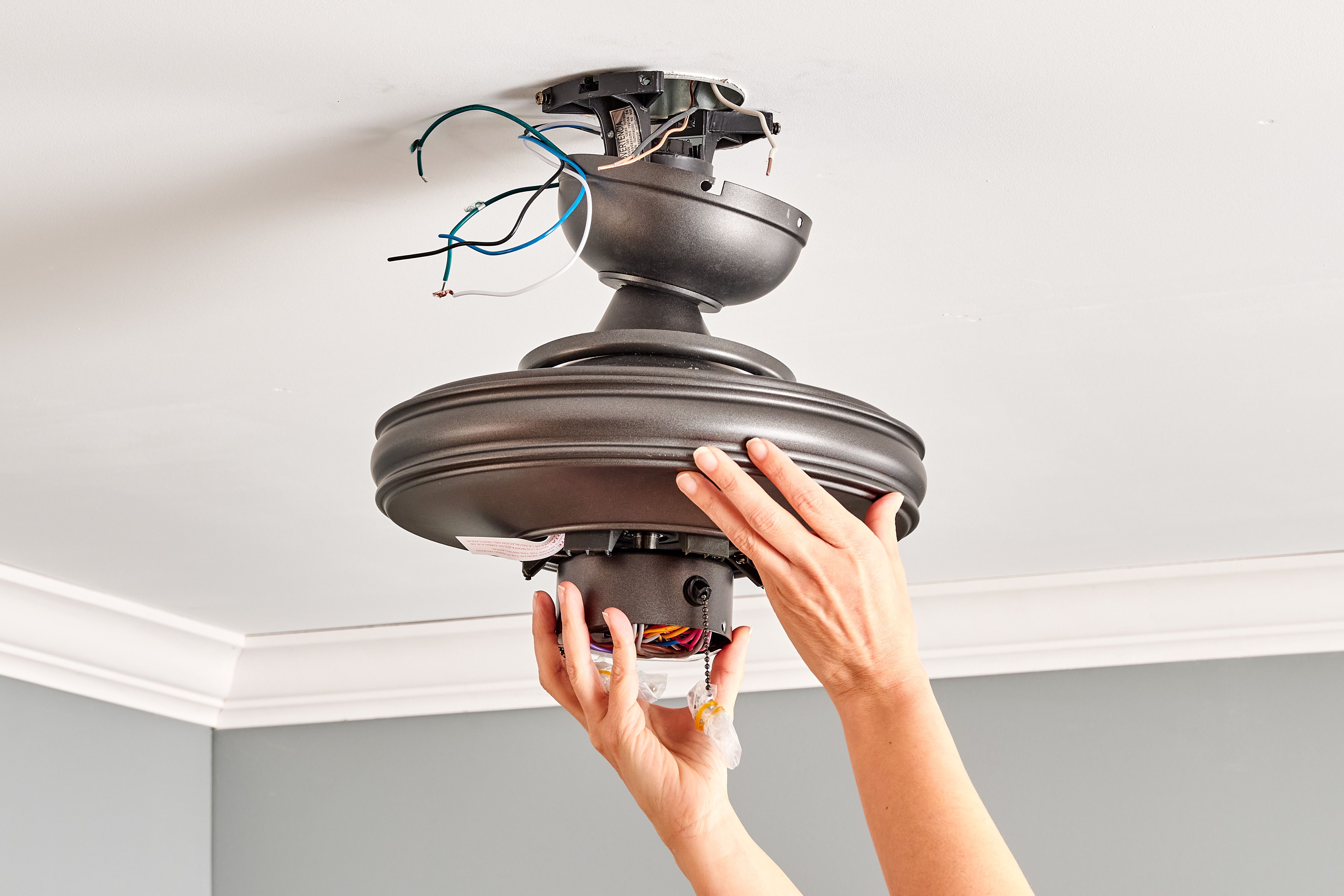

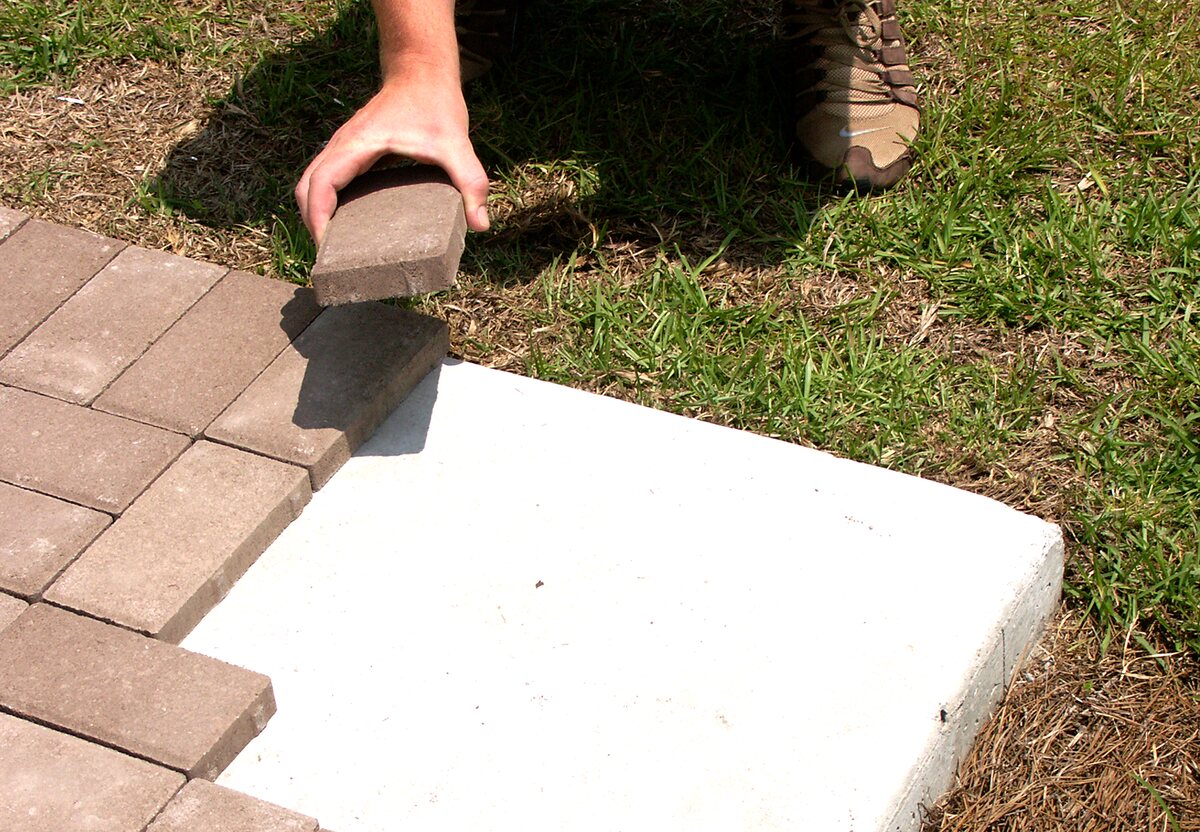



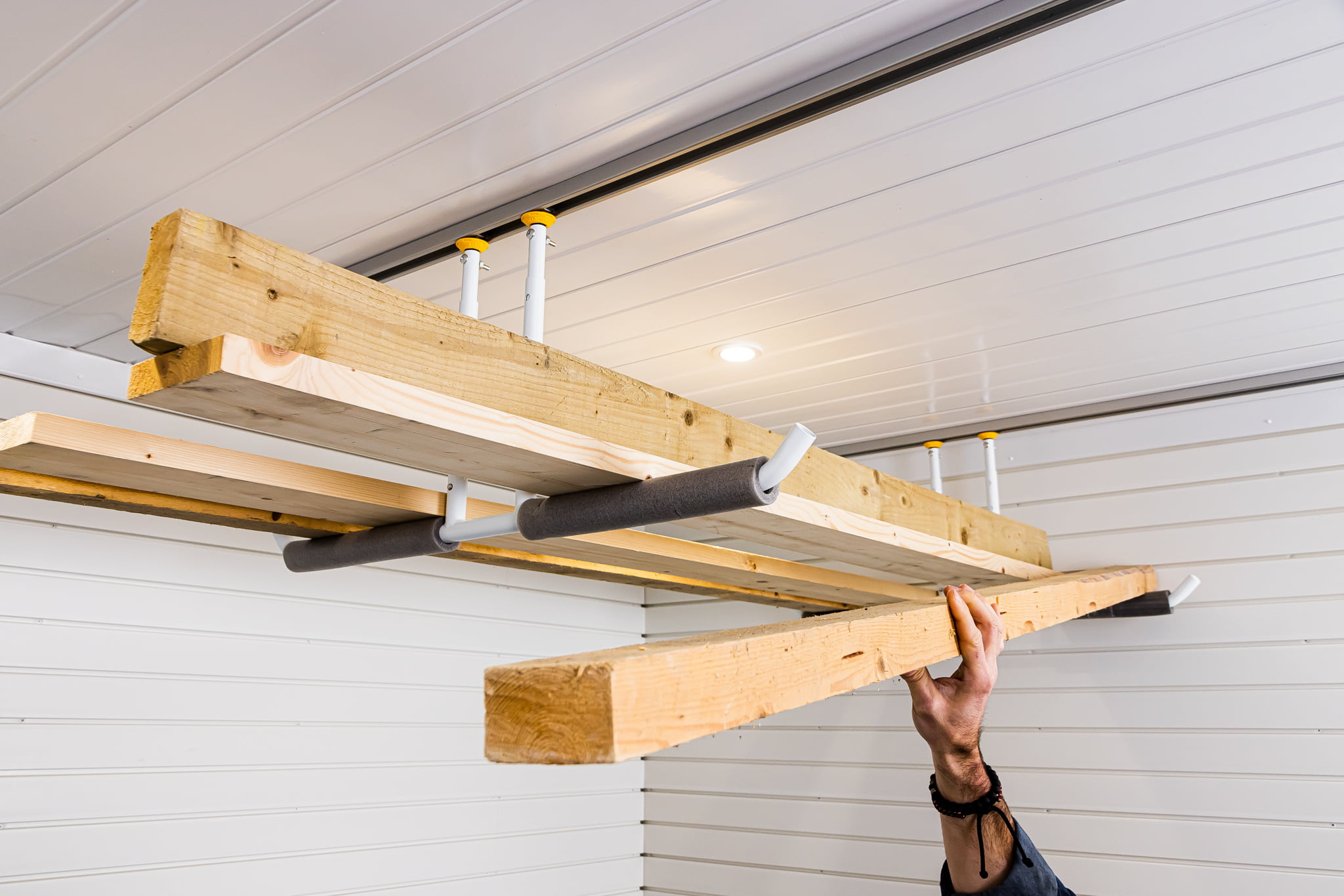



0 thoughts on “How Much Weight Can A Ladder Hold”